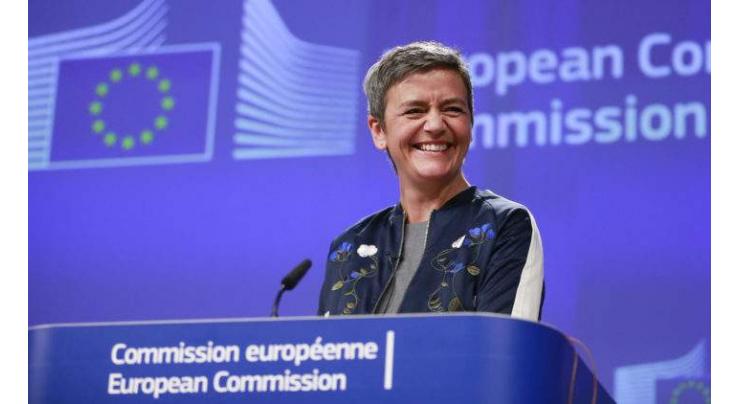
- Home
- World
- News
- Brussels Approves France-Germany-Italy-UK Plan to Pour $2Bln Into Microelectronics Project
Brussels Approves France-Germany-Italy-UK Plan To Pour $2Bln Into Microelectronics Project
Rukhshan Mir (@rukhshanmir) Published December 18, 2018 | 07:25 PM

The European Commission approved on Tuesday a plan by France, Germany, Italy, and the United Kingdom to invest 1.75 billion euro ($2 billion) into a joint research and innovation microelectronics project, the commission said in a statement.
Under the project, which the European Commission qualified as complying with EU State aid rules and contributing to common European interest, research will be carried out that can be then integrated into a great range of applications, such as consumer devices, and commercial and industrial devices.
"Innovation in microelectronics can help the whole of Europe leap ahead in innovation. That's why it makes sense for European governments to come together to support such important projects of common European interest, if the market alone would not take the risk. And it is why we have put special State aid rules in place to smooth the way.
They enable risky and groundbreaking research and innovation to see the light of day, whilst ensuring that its benefits are shared widely and do not distort the level playing field in Europe," Margrethe Vestager, EU commissioner in charge of competition policy, said as quoted in the statement.
France, Germany, Italy, and the United Kingdom submitted their plan, dubbed Important Project of Common European Interest, to the commission on November 30. The project should be completed by 2024, with different deadlines for each of the 40 sub-projects included. While the four states will pour up to 1.75 billion euro into the project, they also expect to attract additional 6 billion euro from private investors.
The project will involve 29 participants industrial actors and two research organizations, located both in the European Union and outside the bloc. A large number of partners will engage in the project as well.
Related Topics
Recent Stories

Tennis: ATP Barcelona Open results - 1st update

Swiatek's perfect 10 in Stuttgart as Vondrousova stuns Sabalenka

Arandu's roads closed due to flooding

Oil tanker catches fire in Islamabad’s Blue Area

Pakistan committed to ensure safety of foreign nationals: FO

Tennis: WTA Stuttgart results - 1st update

Four passengers injured as train hit an empty vehicle

Over- speeding bus crushed to death two bike riders

Turkey's Freedom Flotilla ready to set sail for Gaza

French teen dies from heart failure after knife attack near school

Iranians appear unfazed by Isfahan blasts

UAF celebrates Int'l Chinese Language Day
More Stories From World
-
Togo lawmakers approve contested political reform
2 hours ago -
NATO must choose 'whether we indeed are allies': Zelensky
2 hours ago -
US House to vote on Ukraine, Israel, Taiwan aid package
2 hours ago -
Calls for calm after reported Israeli strike on Iran
3 hours ago -
IMF calls on EU to deepen single market integration to boost growth
3 hours ago -
Second Ecuadoran mayor killed ahead of anti-crime referendum: police
3 hours ago
-
Oil, gas drilling blocked in Alaska wilds as Biden seeks green cred
4 hours ago -
Man sets self on fire outside Trump trial
4 hours ago -

Turkey's Freedom Flotilla ready to set sail for Gaza
5 hours ago -

French teen dies from heart failure after knife attack near school
5 hours ago -

Iranians appear unfazed by Isfahan blasts
5 hours ago -

Ecuador mayor killed ahead of anti-crime referendum: police
5 hours ago



